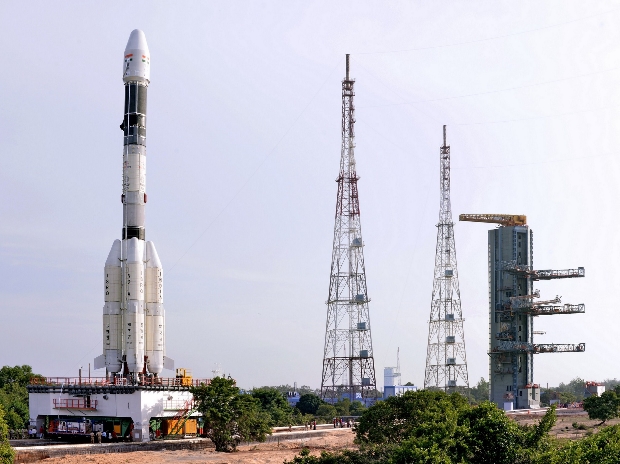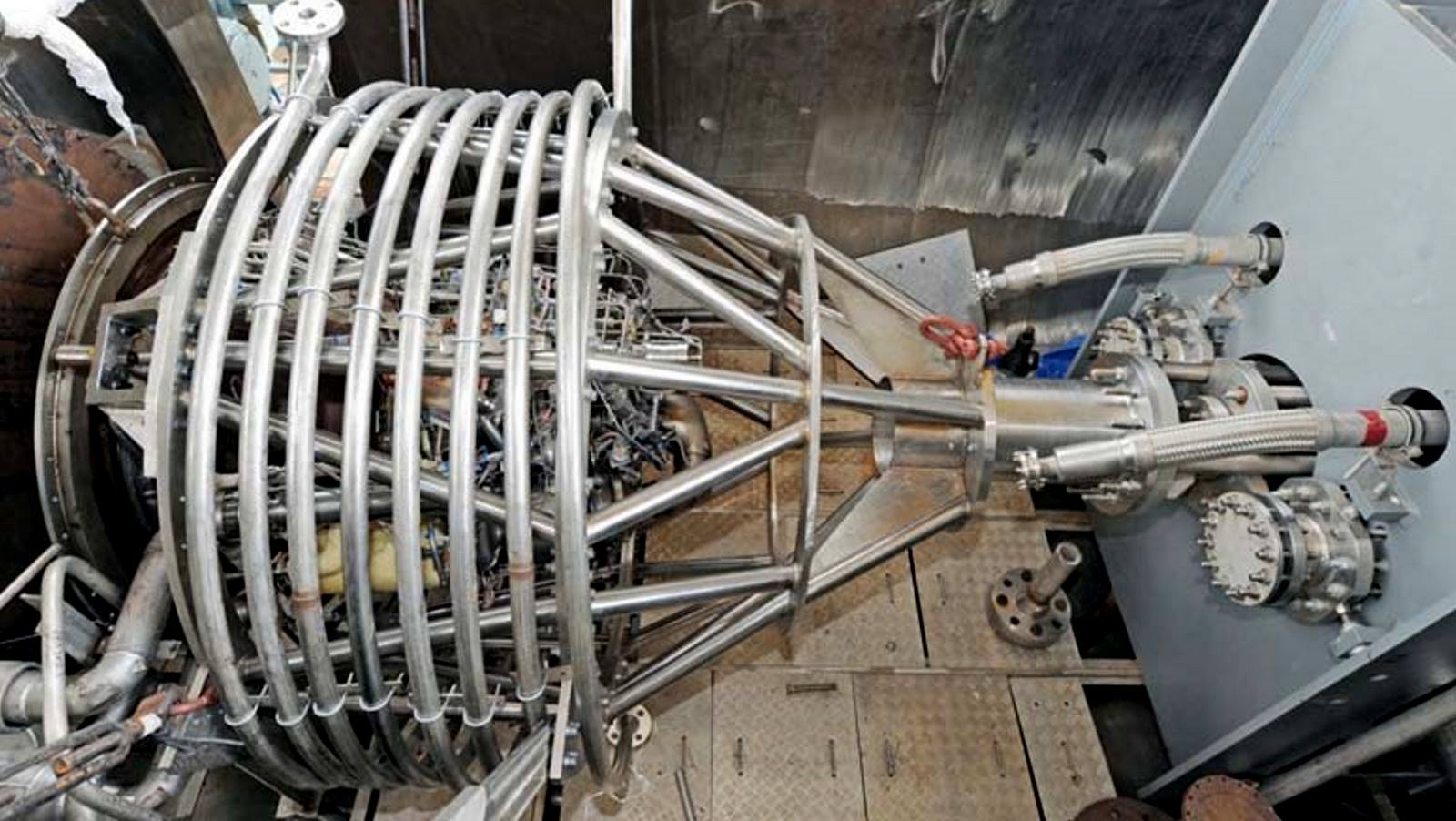
ISRO: Indigenous GSLV Engine Faces Key Test To Drive Rocket With Heavy Payload
ISRO has been working so hard in space technology for national development. We had seen many successful rocket launches by ISRO under very low cost. ISRO is showing India to the World that we can achieve many heights.

Now, ISRO is all set to launch the GSLV-F05 carrying advanced weather satellite INSAT-3DR on Thursday. Riding high on two previous GSLV flights powered by the indigenously-developed engine, India’s cryogenic technology will now go through another litmus test when it propels a GSLV rocket.
After three progressive flights, ISRO scientists are now confident about the technology as the Thursday’s launch is the first operational flight with the indigenous cryogenic engine. A cryogenic engine is used in the third or upper stage as GSLV is a three-stage launch vehicle. Cryogenic engines use liquid hydrogen as fuel and liquid oxygen as an oxidizer to burn the fuel.
Earlier, Russia-supplied engines were used that are essential to put satellites in geostationary orbit, but the technology to burn a super-cooled fuel to extremely high temperatures was sophisticated. Thus, Isro had to develop a material that could withstand high temperature and pressure during combustion.
Indigenous Cryogenic Engine Test:
A 2,211kg INSAT-3DR, an advanced weather satellite, will take-off on board GSLV-F05 from the Sriharikota spaceport on Thursday. “When we build a new rocket, we do a developmental flight to ascertain if it will work properly. Once we are confident, we call it an operational flight which will be considered a routine launch,” an ISRO scientist said.

He added, “GSLV-F05 will place the satellite into the geostationary transfer orbit from where the satellite with its propellant will raise to its final geostationary orbit.” After a decade of research and development tests, the first developmental flight of the indigenous engine was conducted on April 15, 2010, which did not succeed.
Later, the GSLV, carrying a 2,220kg communication satellite was dropped into the Bay of Bengal after its take-off. They made critical modifications to the engine and the rocket before its first successful flight in 2014 and 2015.